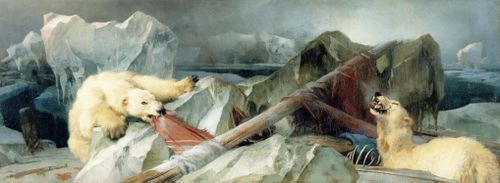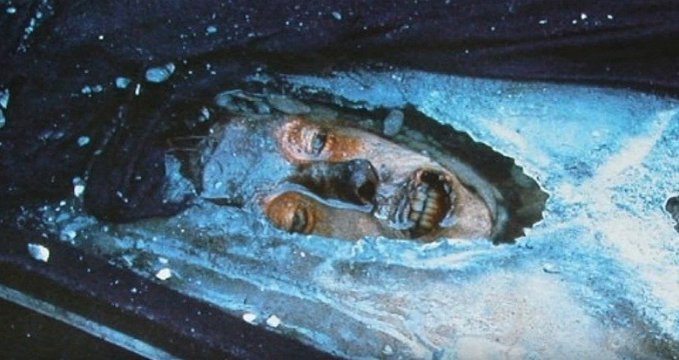Mystery remains from doomed 1845 voyage identified
Scientists have identified the skeletal remains of a crewmember aboard a doomed exploratory voyage 176 years ago, using DNA extracted from a distant descendant.
The remains of Warrant Officer John Gregory were found in 1859, but it took until now to identify them.
Researchers from University of Waterloo, Lakehead University, and Trent University extracted DNA from the teeth and bones of the remains in 2013.

And the DNA matched up with a South African man who turned out to be Mr Gregory’s great-great-great grandson.
“The whole Gregory family is extremely grateful to the entire research team for their dedication and hard work, which is so critical in unlocking pieces of history that have been frozen in time for so long,” Jonathan Gregory said.
The elder Mr Gregory was one of 129 sailors who died on John Franklin’s ill-fated expedition to sail across the Arctic Ocean around Canada.
The ships Erebus and Terror became trapped in ice, and everybody on-board died, mostly in an attempt to march back to the Canadian mainland after years of being stuck.

Mr Gregory’s remains were found on King William Island, Nunavut.
“The identification proves that Gregory survived three years locked in the ice on board HMS Erebus,” anthropologist Robert Park said.
“But he perished 75km south at Erebus Bay.”
DNA from many other skeletal remains have been extracted, but researchers need their descendants to come forward in order to identify them.

The voyage was headed by John Franklin, the former lieutenant-governor of Van Diemen’s Land, and the namesake of many Tasmanian geographic landmarks.
Also on board was the first cousin of William Wills, and the brother of Alfred Gibson – both of whom died in efforts to explore Australia’s inland.
The wreck of the Erebus would not be found until 2014.
The disappearance of the expedition would be written about by Mark Twain and Jules Verne.








